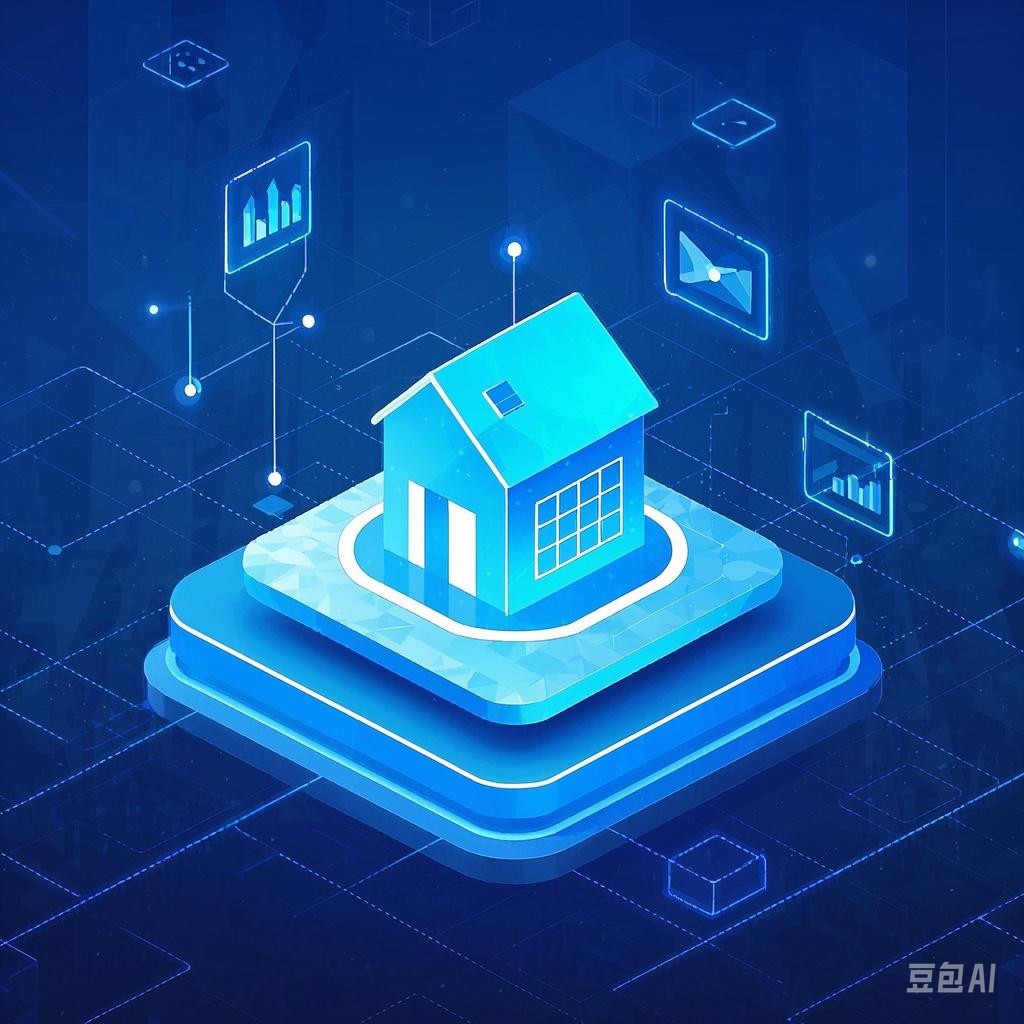Introduction
The advent of AI smart glasses marks a significant leap in technology, blending artificial intelligence with wearable technology to enhance human vision and interaction with the world. These innovative devices are not just a tool for the visually impaired; they are poised to revolutionize various industries, from healthcare to retail, and from education to entertainment. This article delves into the capabilities, applications, and future implications of AI smart glasses.
Understanding AI Smart Glasses
Definition
AI smart glasses are wearable devices that incorporate artificial intelligence to process and interpret visual information. They typically consist of a pair of glasses with integrated cameras, microphones, and displays, all powered by AI algorithms.
Key Components
- Display: Typically located on the lenses or as a separate overlay, the display provides real-time information to the user.
- Camera: Used to capture visual data, which is then processed by AI algorithms.
- Microphone: For voice commands and interaction with voice-activated AI services.
- Processor: The brain of the smart glasses, where AI algorithms run and process data.
- Battery: Essential for powering the device, with advancements in battery technology allowing for longer usage times.
Capabilities of AI Smart Glasses
Real-Time Information Display
AI smart glasses can overlay digital information onto the user’s field of view, providing real-time data such as navigation directions, translations, and health alerts.
Augmented Reality (AR)
AR technology allows users to interact with virtual objects superimposed on the real world. This capability is particularly useful in fields like construction, where workers can view digital blueprints overlaid on physical structures.
Visual Recognition
AI-powered visual recognition can identify objects, faces, and even emotions, making smart glasses a valuable tool for security personnel and healthcare professionals.
Voice Interaction
With built-in microphones and advanced voice recognition technology, users can control their smart glasses with voice commands, reducing the need for manual input.
Applications of AI Smart Glasses
Healthcare
In healthcare, AI smart glasses can assist doctors and nurses by providing real-time patient data, guiding them through procedures, and even monitoring patients’ vital signs.
Retail
Retail employees can use smart glasses to access inventory information, assist customers with product details, and streamline checkout processes.
Education
Educators can use smart glasses to provide interactive lessons, overlaying educational content onto the real world, enhancing the learning experience.
Entertainment
For entertainment purposes, smart glasses can offer immersive experiences, such as virtual tours or interactive storytelling.
Challenges and Considerations
Privacy Concerns
The use of cameras and microphones in smart glasses raises privacy concerns, particularly in public spaces. Ensuring user privacy and data security is crucial.
User Comfort and Design
The comfort and design of smart glasses are critical for widespread adoption. Lightweight materials and ergonomic designs are essential.
Cost
The cost of AI smart glasses can be prohibitive for many users. As technology advances and economies of scale are achieved, costs are expected to decrease.
Future Implications
The future of AI smart glasses is bright, with ongoing advancements in AI, AR, and wearable technology. Potential developments include:
- Improved AI Algorithms: More sophisticated algorithms will enhance the capabilities of smart glasses, making them even more useful in various applications.
- Increased Integration: Smart glasses will likely integrate with other devices, such as smartphones and smart homes, creating a seamless ecosystem of smart technology.
- New Applications: As technology evolves, new applications for AI smart glasses will emerge, further expanding their utility.
Conclusion
AI smart glasses represent a transformative technology with the potential to revolutionize how we interact with the world. As these devices become more advanced, accessible, and secure, they will undoubtedly play a significant role in various industries, enhancing our lives in ways we have yet to imagine.
